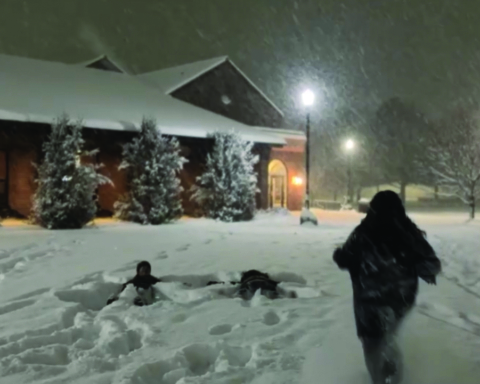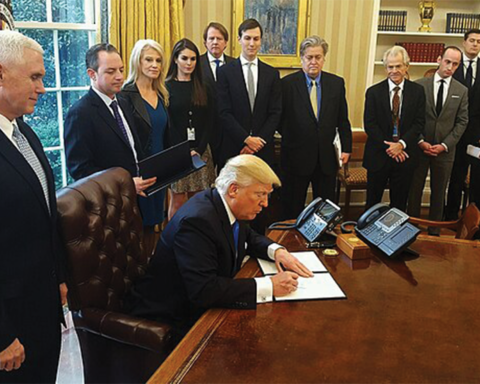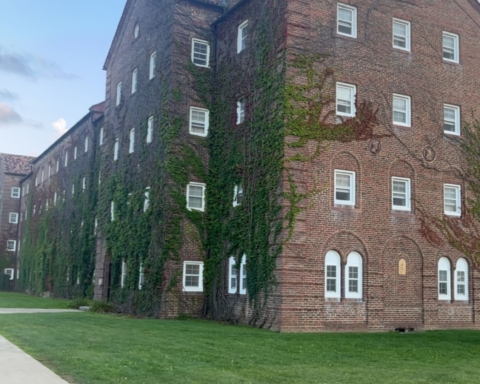After consistent discussion, the Student Government Association has decided to make an official recommendation that would make St. Bonaventure University a smoke-free campus over the course of the next few years.
At the SGA meeting on Oct. 4, the Student Affairs Committee shared the potential two courses of action, which culminated as a result of the discussions surrounding the university smoking policy at two prior meetings this year.
The first policy presented suggested a smoke-free campus; this would include both cigarettes and e-cigarettes, which have been deemed “smokable.”
“50 percent of colleges and universities in New York state are smoke-free at this point, so we’re sort of lagging in that sense,” said Geoffrey Broadbent, SGA executive board president, who presented the majority of the information about the smoke-free option.
Broadbent also shared that the Faculty Senate responded positively to the idea of a smoke-free campus. He said that the Faculty Senate was open to working on a task force comprised of various groups that hold stake in the issue at hand.
“This is a huge concern for faculty as well,” Broadbent said. “A lot of faculty really hate our current smoking policy.”
The second reflected the most popular opinion of students surveyed about the smoking policy last year. It suggested the addition of “designated smoking zones” to campus. These smoking zones would have allowed students, faculty, staff and visitors to smoke inside hut-like structures in various locations on campus.
What was made clear, though, was that students had spoken and asked that the policy be changed in last year’s survey. Keeping the current policy was the least popular option among students, as compared to the two options presented at the Oct. 4 meeting. This proposal argued that the huts could cost as little as $350 each.
Colleen Corrado, SGA executive board vice president, refuted that assertion, saying, “I think it would end up being a lot more expensive than we’re anticipating.”
SGA Executive Board Secretary Lauren Anderson agreed with Corrado, saying, “The university isn’t… just going to want to slap something together. They’re going to want to make it look nice.”
If the designated smoking zone proposal moved forward to administration, Katie O’Brien, vice president of Student Affairs, said, “The question you’re going to be asked is, ‘Okay, where is the funding going to come from?’”
Broadbent noted that at Bonaventure, many projects are funded by alumni donations and said that he felt alumni would be unwilling to donate to the creation of smoking huts on campus.
O’Brien said that if the university were to even consider funding the creation of smoking huts, the project would fall under capital projects and that it would have to be “put in a pecking order.”
Other capital projects include adding updated furniture to dorms and making improvements to student living. O’Brien noted a project like this may be hard to justify over dorm improvements and other projects that would benefit a large portion of the student body.
SGA will work with Erik Seastedt, the title IX coordinator, who, according to Broadbent, “Said he would make it one of his top priorities to help shepherd the smoke-free campus policy.”
SGA will also work with the faculty and administration on their official recommendation on the smoking policy.
Once discussion over the two policies concluded, the members of SGA voted on the two resolutions. The smoke-free campus policy passed in a vote at the end of the meeting. 17 SGA members were in favor of the smoke-free campus policy, while seven members voted against it.
The resolution will be reviewed by several parties before it is officially decided whether or not the university will implement it.
By Meghan Hall, Staff Writer
hallml18@bonaventure.edu






